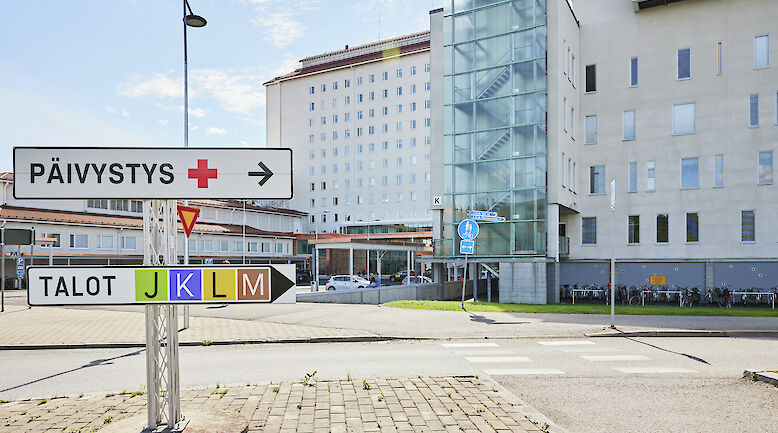Regional differences in musculoskeletal morbidity are large

Background We present a musculoskeletal (MSK) disorder index, which is part of the National Health Index produced by THL and Kela, and use it to evaluate the regional and socioeconomic differences in MSK disorders in Finland.
Methods In the calculation of the annual morbidity rate between 2010–2022, persons were considered as cases if they had received a disability pension during the year in question based on a MSK disorder (ICD-10 disease classification codes M00–M99; registers of the Finnish Centre for Pensions and Social Insurance Institution of Finland) or had a valid special reimbursement right for drugs for treatment of rheumatoid diseases (Social Insurance Institution of Finland's register). Socioeconomic differences were examined primarily according to level of education.
Results The differences in age- and sex-adjusted prevalence of MSK disorders between wellbeing services counties have remained twofold at most. Socioeconomic position does not seem to explain the observed differences. However, the prevalence of MSK disorders is clearly the lowest in the highest socioeconomic groups, regardless of the wellbeing services county.
Conclusions The results help to evaluate the adequacy of the treatment and rehabilitation of MSK diseases and the need for resources by wellbeing services county. In the future, more comprehensive information about various MSK diseases is, however, needed.












